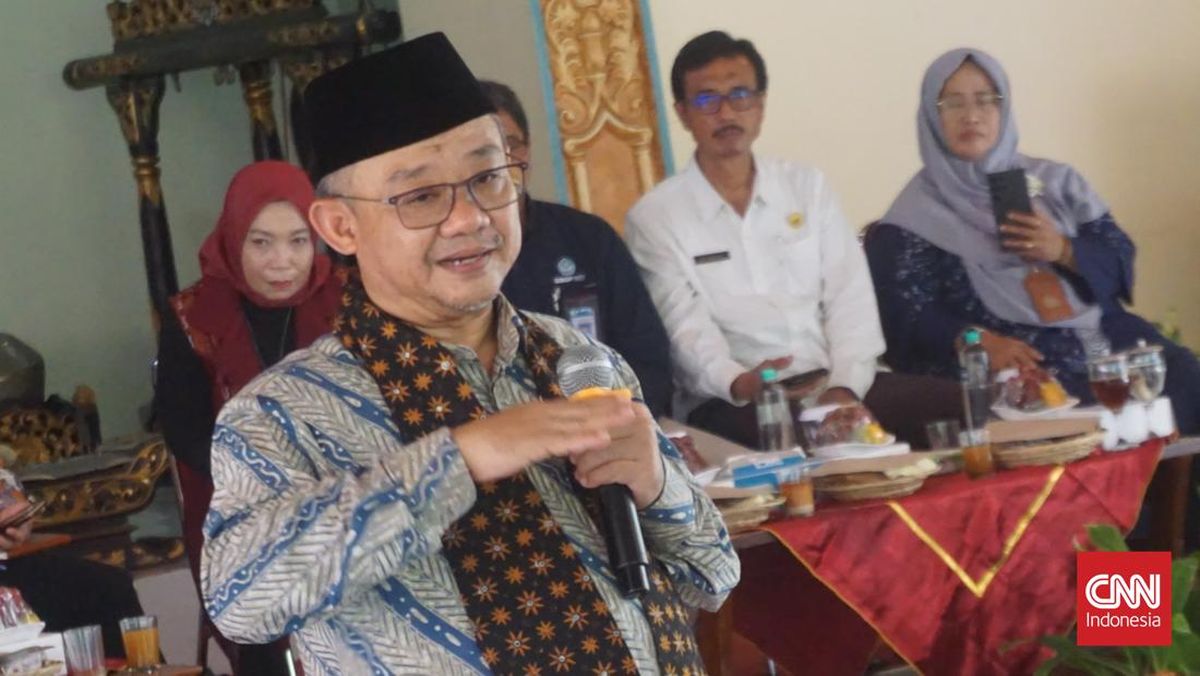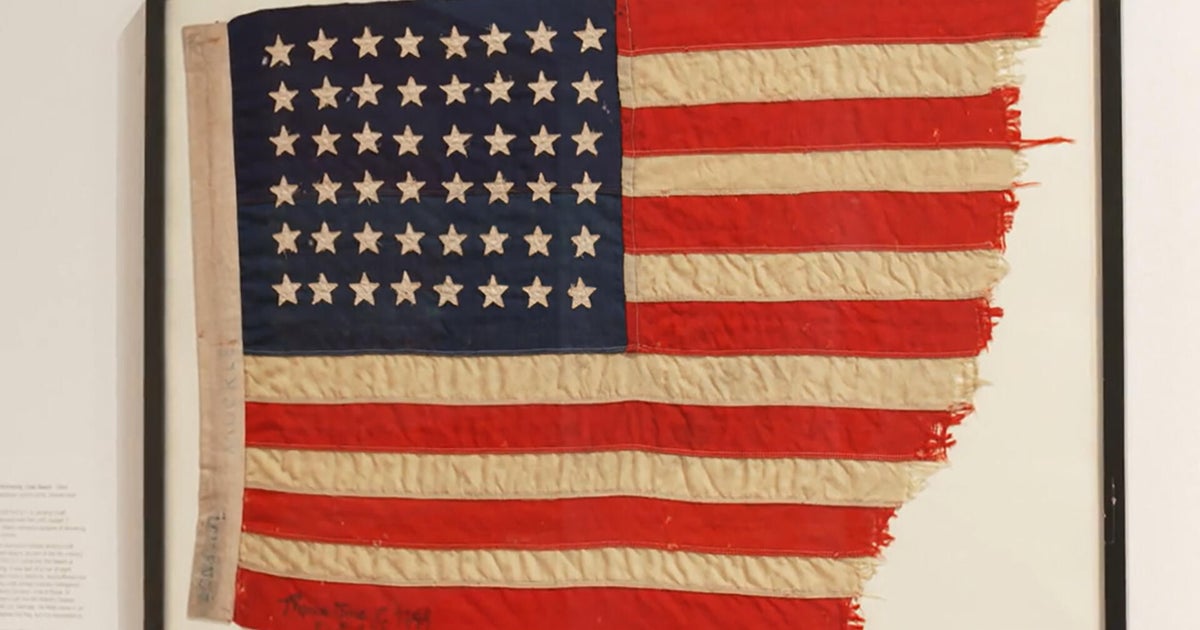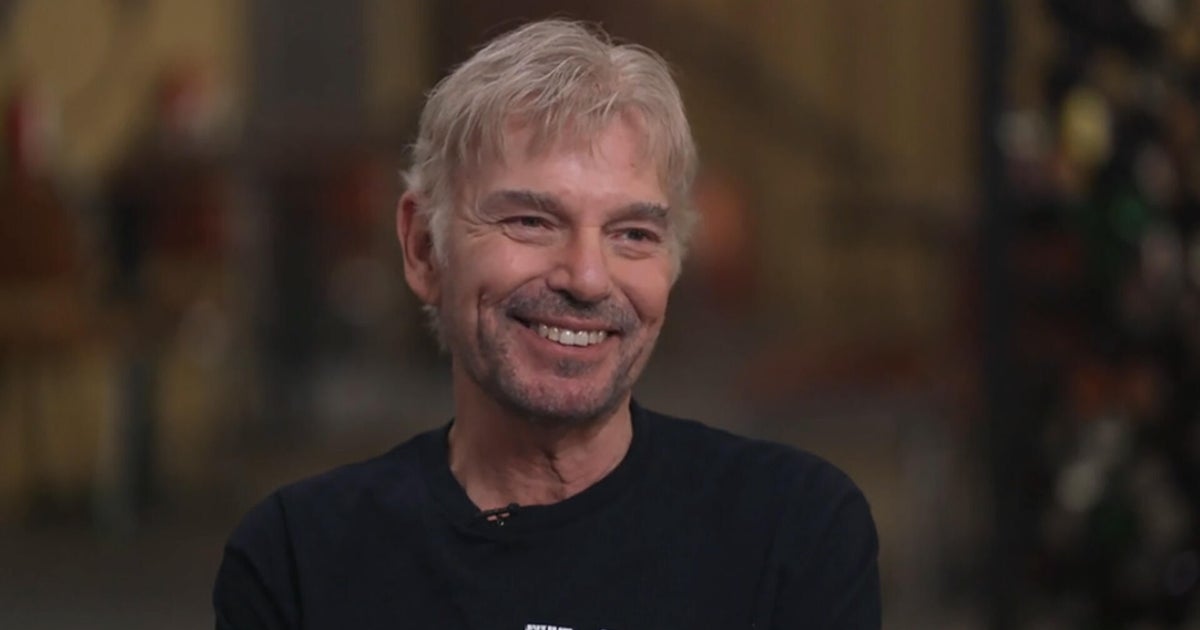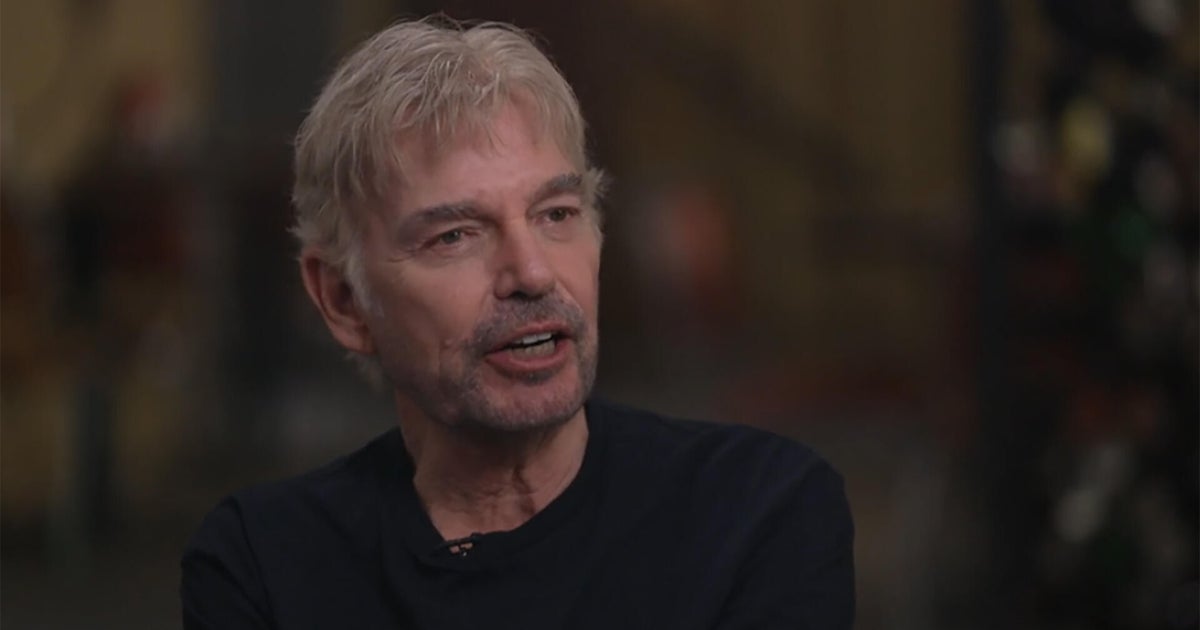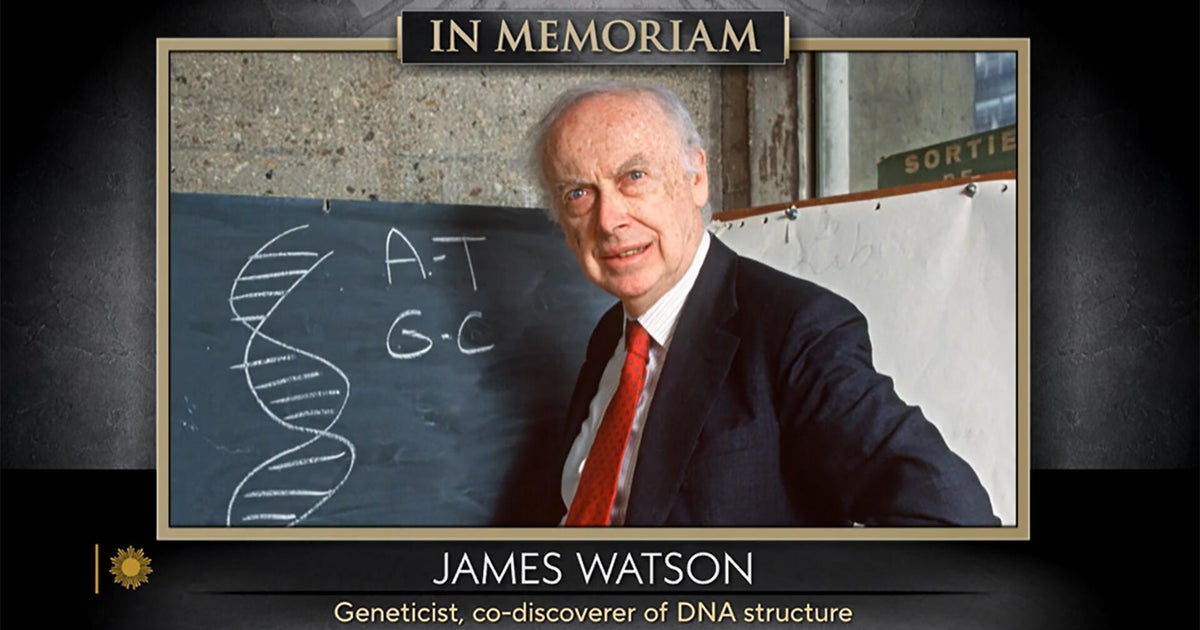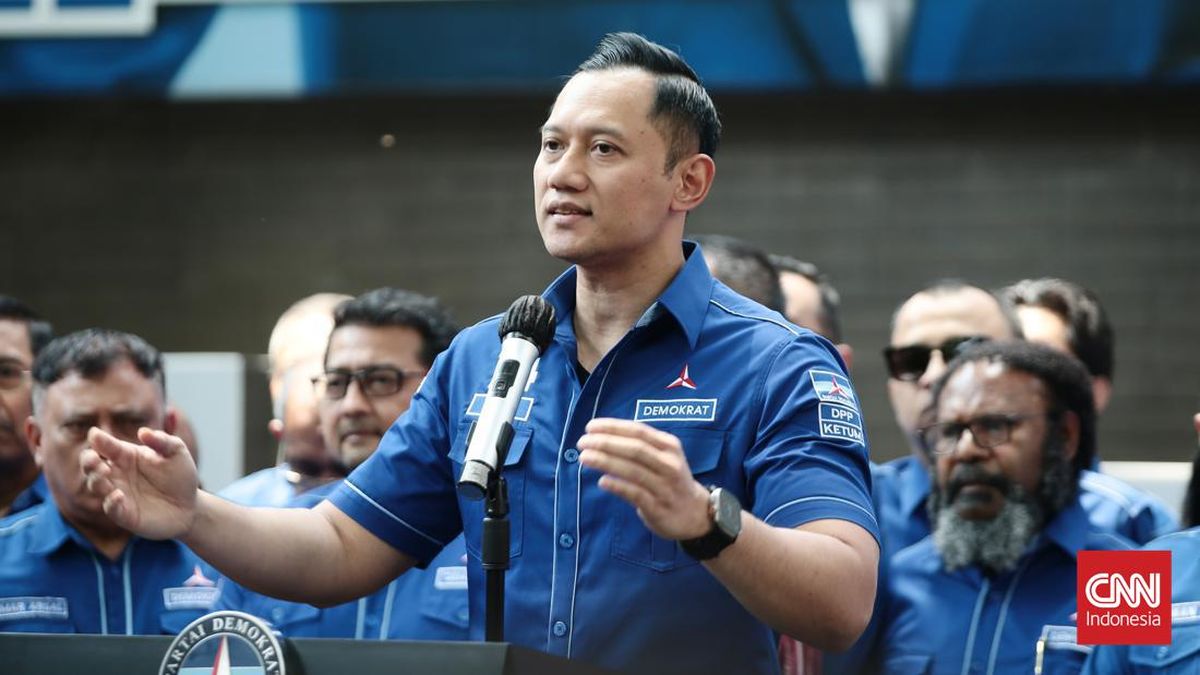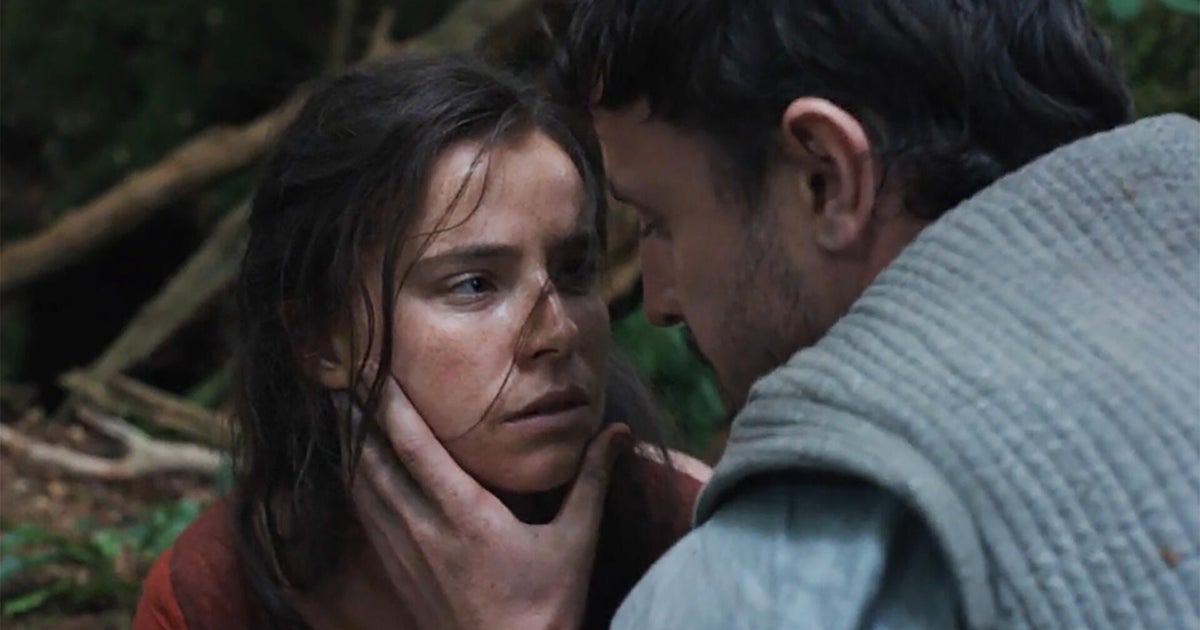By John Stanley
November 9, 2025 — 9.45pm
JOHN LAWS: 1935 - 2025
For most of John Laws’ life, he was the pre-eminent force in Australian radio, influencing and shaping the way it is done to this day.
In a statement from the Laws’ family on Sunday night they confirmed their “beloved father, grandfather and uncle John Laws has died peacefully at home”. He was 90.

John Laws comes out of retirement in January 2011 to go on air for 2SM in Pyrmont, Sydney. Credit: Kate Geraghty
“While fame and prominence had become a mainstay of his life, for us he was always the person who meant so much, away from the microphone, the cameras, and the headlines,” the family’s statement read. “It is comforting to know that John’s was a life lived well – he had remained in good health, and even better spirits, right up until the last few weeks.”
During Laws’ most dominant period, from the late 1970s through to the turn of the century, political leaders, entertainers and advertisers in particular used him to reach the masses through up to 100 stations across Australia. Each day those who could get through to his 24 phone lines would hang on for hours hoping to get on. He was a showman, salesman, therapist, and while he rejected the term journalist, he was a newsman.
Loading
Former prime ministers cite his role in communicating public policy and fostering debate as central to community support for the reforms of the 1980s and 1990s. His interviews with political leaders, both federal and state, are part of political folklore.
And he drove the evolution of talkback during the decades when it was the only interactive medium, prior to the arrival of the internet. Listen to radio today and you’ll hear people using tricks and techniques introduced by John Laws decades ago.
His life story is remarkable in itself.
Born Richard John Sinclair Laws in 1935 in Papua New Guinea to Richard Laws and Agnes Sinclair, as a boy he was evacuated to Australia during the second world war. He grew up in Sydney where he attended Mosman Preparatory School and Knox Grammar School. He suffered two bouts of polio (as a child and a young man) and finally, having struggled at school, ended up a jackaroo in western NSW.

Laws is “kidnapped” by students on May 5, 1958. Credit: Fairfax
At 17 his golden voice was already being noticed, and took him to radio in regional Victoria. The timing was perfect, as radio would soon be turned upside down by the arrival of television. Many of the biggest names would shift to the new medium as radio moved away from serials and quizzes and adopted the top 40.
John Laws was back in Sydney at 2UE and was part of a wave of young men who would ride the musical train of the late ’50s and ’60s. John Laws was in everything. A TV show and musical recordings added to his profile, but at the centre of it was radio. Long John Laws (a reference to his height and slim build) was already a potent brand when talkback radio began. For the first time listeners could talk live to air (albeit on a few seconds delay) and Laws quickly became the master of the art. His responses ranged from empathic to downright rude and almost always entertaining. His talkback show was networked across the country, and by the late 1970s he was one of the highest-paid radio hosts in the world.
Despite his wealth and lifestyle he connected with his audience, who felt he was still one of them, reflecting their concerns and putting them to those at the top. And he gave them a window to a world that was out of reach to all but a few. It was this connection that led politicians to his studio. If they could get on, and connect with him, they could connect with the audience.
Among the first was NSW premier Neville Wran, who would regularly spend an hour or more in conversation, generating reams of stories for the rest of the media. Their relationship was such that when truckies blockaded the highway south of Sydney at Razorback Mountain, Wran recruited Laws to use his influence with them to broker a solution.

Laws on the set of Channel Seven’s Beauty and the Beast in 1971.Credit: Fairfax
His first major misstep was repeating a rumour that the St George Building Society was in trouble. Fearful of a run on its branches, Wran drove to Laws’ studio and dismissed the rumour. But his reputation survived, and when Channel 10 assembled a high-profile group of journalists for its ill-fated answer to 60 Minutes, they called the show The Reporters and hired Laws, the non-journalist, as program host.
When Australia went to the polls in 1983 it was popularly dubbed the John Laws election, with gaffes by Bob Hawke and in particular, Malcolm Fraser emerging from his studio.
By 1987, Hawke had declared that John Laws listeners are Australia, and Paul Keating said: “If you educate John Laws, you educate middle Australia.” It was more than hyperbole. Keating had become a regular interviewee, and in one of the most extraordinary episodes of either man’s career, he took the broadcaster to the Reserve Bank building in Sydney, where the country’s senior economic boffins gave him a briefing on the economy and the ramifications of some of the reforms being pursued by the government.

Prime minister Bob Hawke on Laws’ 2GB talkback show in 1985. Credit: Fairfax
Despite this, and the close relationships he formed with those in power, Laws always played down his influence, and in Lawsie (one of his many books that included collections of poetry and even a cookbook), said: “... I never tried to put myself at the centre of events, nor was there any conscious effort on my part to use or abuse the power I supposedly had.”
Yet in that same book is this from former prime minister Paul Keating: “The most important thing to say about John Laws is he really made and created the medium of talkback radio in Australia. When the terms of trade collapsed in 1986, John and I had the now-historic discussion about the ‘banana republic’ warning and all the remedial policies that followed, and then in a later time when I was prime minister, he played an important role with me in explaining to the Australian public what native title was, and didn’t go for the cheap grab of people losing their backyards as other commentators did … he did all of this and managed to be entertaining at the same time.”
While Laws played down his role in political events, he always acknowledged his ability to sell. Long before politicians woke up to the potency of his connection with the audience, advertisers realised that an endorsement from Laws was gold. For a long time brands such as Toyota, Valvoline and Mortein were as well known for their association with Laws as anything else.
He produced rivers of gold for his radio employers, and in one decade, from 1979 to 1989, made three moves that shook the industry each time. From Sydney’s 2UW he returned to 2UE, before being lured by Fairfax to 2GB, and then back to the then Alan Bond-owned 2UE, each time transporting his audience with him and taking the station to the top.

Laws and Paul Keating at the 1991 launch of the John Lyons biography John Laws a Man of Power. Credit: Fairfax
Each move involved higher remuneration and by the end of the decade he was one of, if not the highest-paid radio host in the world. He used a golden microphone and opened his show with the words “Hello world” and each subsequent hour with self-congratulatory jingles penned and sung by his great friend John Williamson. He referred to his wife Caroline as “the princess” and his female staff as “handmaidens”. The male staff were “foot soldiers”.
In an Australia that generally doesn’t like those who blow their own trumpet, “Lawsie” did it unashamedly, and his popularity grew. The brash, confident nature of his show was in sharp contrast to the private Laws, who was painfully shy and barely ever spoke at public events. Even at staff parties he needed to be cajoled into saying anything on stage.
On TV he briefly hosted Beauty and the Beast, and for several years an interview show on pay TV, but the visual medium was very much a sideshow to radio. Through the 1990s his network and influence grew, but in 1999 his thirst for advertising dollars almost ended his career with the “cash for comment” controversy.
After a public inquiry, he was found to have breached the commercial radio broadcast codes numerous times during his show on 2UE, leading to conditions of disclosure being imposed on him and all those hosting commercial news talk radio programs.

Driving his 1949 Jaguar XK120 and wearing a Superman jumper, Laws returns to 2GB in June 1986, after his fifth operation. Credit: Fairfax
In short, he was being paid directly by a string of organisations; some of them scripting editorial content about them or their industry. He never understood the criticism, insisting he was an entertainer and unable (or perhaps unwilling) to accept that the news content of his show required a higher standard of disclosure. In the end, he kept his job and his income but remained resentful of those running 2UE for not giving him more support.
A far harsher penalty was applied in 2000 when he was found in contempt of court for interviewing a juror about a court decision. The interview shed light on a controversial jury decision and was a great scoop. But the rules in NSW allow a talkback host to take an unsolicited call from a juror, who can anonymously describe their deliberations, but not seek them out for that interview, or ask questions.

Shielded by bodyguards and court sheriffs, Laws leaves the Supreme Court after receiving a 15-month suspended sentence for contempt of court.Credit: Fairfax
That distinction led to a conviction and a 15-month suspended jail term. Despite the controversies, the new owners of 2UE extended his lucrative contract for several more years, well beyond the departure of Alan Jones in 2002 that saw 2UE and Laws shed audience to rival 2GB. He topped the ratings for the final time in 2003, 18 months after Jones’ departure.
Four years later, and with ratings in decline, he retired in a blaze of publicity – only to return to the microphone three years later with Sydney station 2SM, the hub for a large national network. Laws capped off a 13-year stint at radio network 2SM in 2024, ending a career spanning 71 years.
“It’s time for a rest, is what I think,” Laws said on air on October 8, 2024.
“First week of November it’ll be 71 years since I started on radio. So I think, you know, I don’t want to be greedy. I’ve had 71 fantastic years, fantastic years. I had a really, really good time and loved, you know, most of it.”

Laws, wife wife Caroline, dines at Otto restaurant in Woolloomooloo on the day of his retirement in June 2007. Credit: Edwina Pickles
Laws received the OBE in 1974, then the CBE in 1978, as well as being awarded International Broadcaster of the Year in 2004. He was inducted into the Commercial Radio Hall of Fame, the Australian Media Hall of Fame, and the Country Music Association Hall of Fame during his career.
Laws married Sonia Zlotowski in 1956, divorcing after seven years, and was married to Yvonne Helstrom-Roux from 1965 to 1974. But it was his marriage to his childhood sweetheart Caroline that carried him through most of his life. At the age of 16 he met Caroline Cameron Waller aged 14 at a dance but drifted apart. Twenty years later, they saw each other by chance at Sydney’s Luna Park and, in 1976, they finally married, blending their families and becoming parents to nine children. They were married for 43 years. When she died in 2020 after a long illness, a distraught Laws declared he “was lost” without his “princess”.
He is survived by his extensive family.
John Stanley
Start the day with a summary of the day’s most important and interesting stories, analysis and insights. Sign up for our Morning Edition newsletter.
Most Viewed in National
Loading




